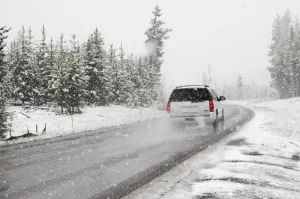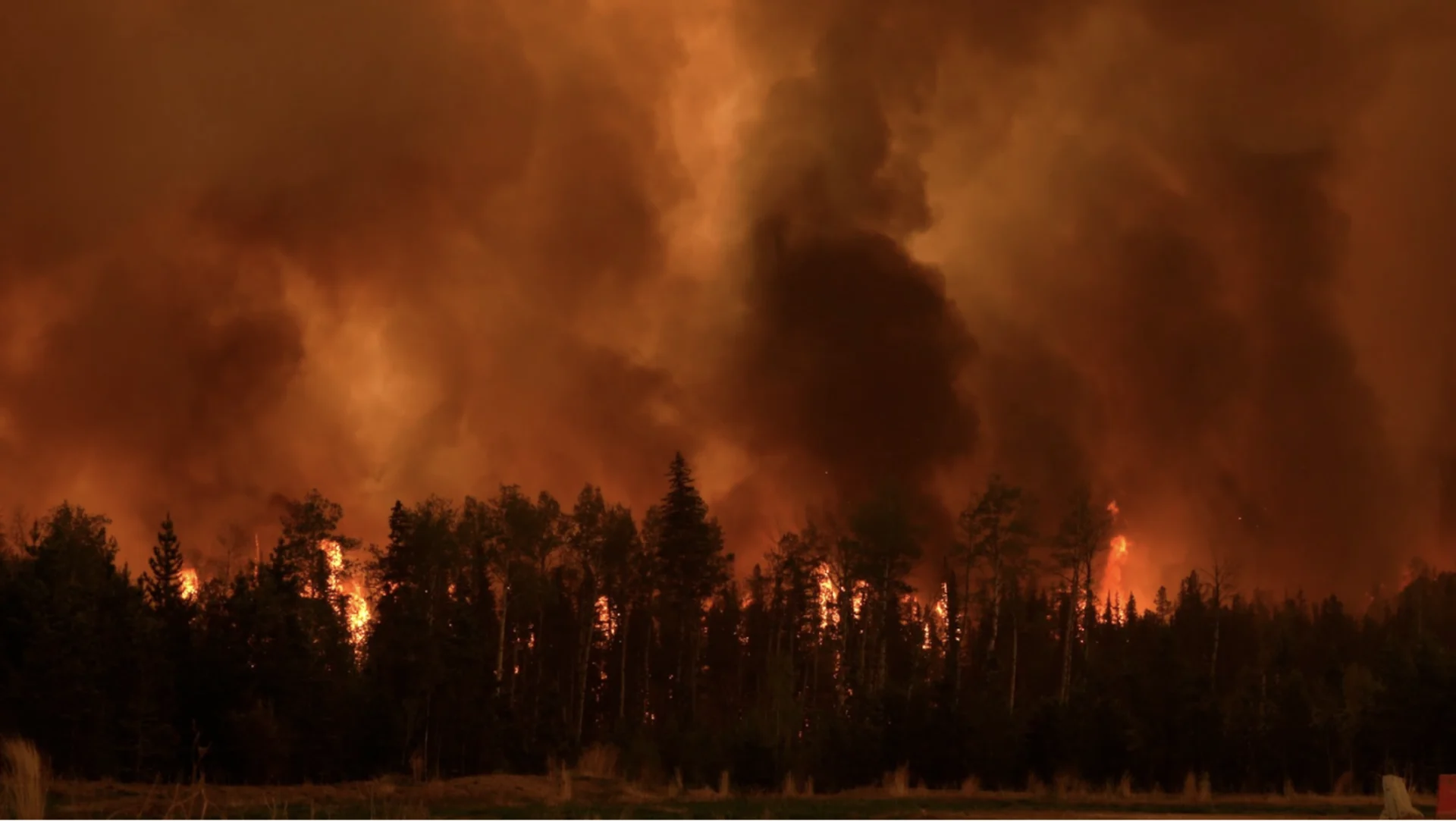
Officials warn of potential for 'catastrophic' wildfire season
The federal government touted a number of preparatory measures Wednesday
Canada's federal government is warning of the potential for a "catastrophic wildfire season."
In a Wednesday press conference on the subject of the 2024 wildfire season forecast, Canadian Emergency Preparedness Minister Harjit Sajjan said ongoing drought, low snowpack levels, and a forecast for warmer-than-average spring weather are combining to create high wildfire risk (seasonal forecasts are not predictors of actual fire activity) for a large swath of the country.
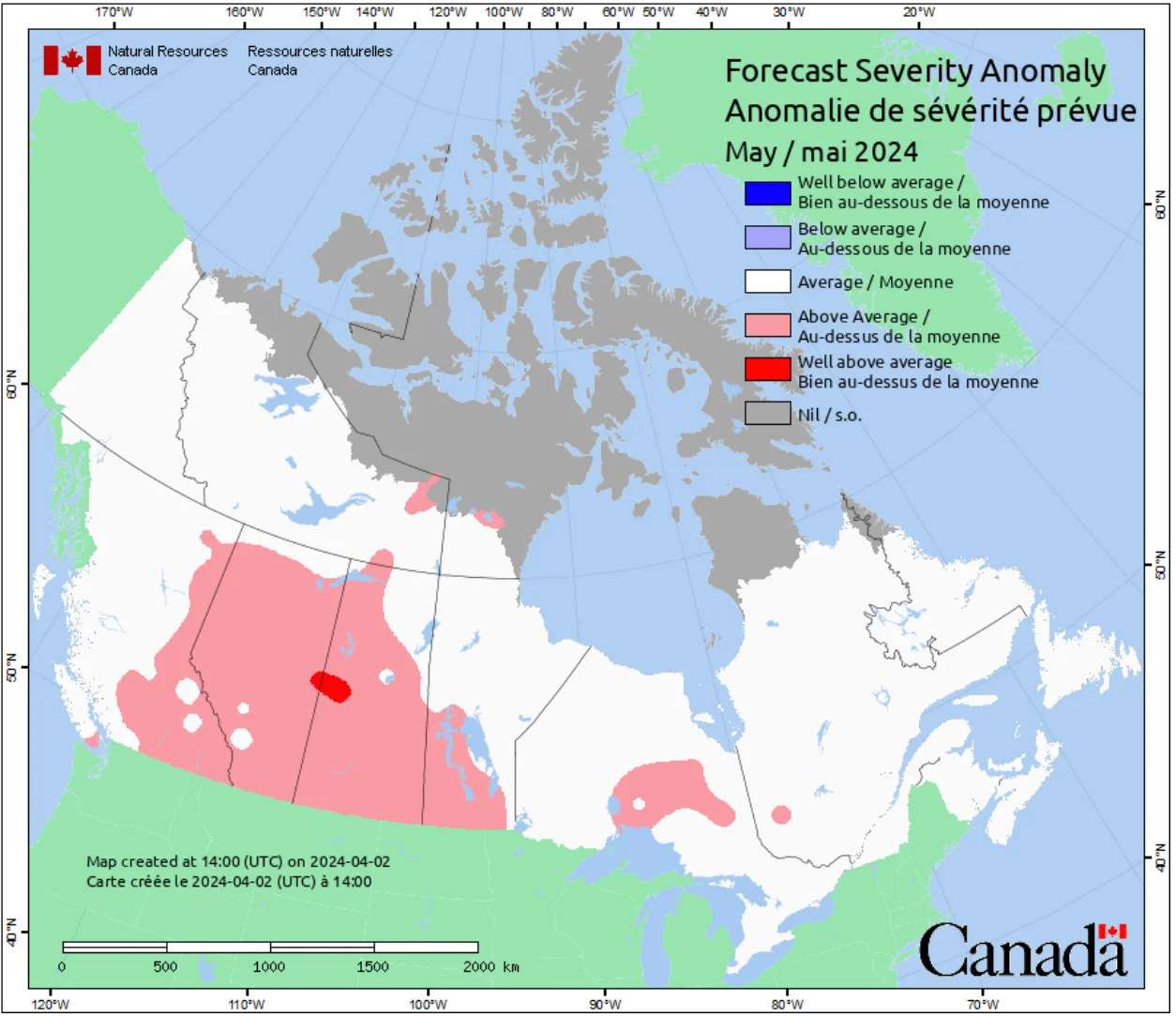
This map shows predictions of fire weather severity in Canada. (Source: Natural Resources Canada)
“With the heat and dryness across the country, we expect the wildfire season will start sooner and end later, and potentially be more explosive,” Sajjan said.
RELATED: Smoky summer is expected in parts of Canada as wildfire season begins
The government highlighted southern Quebec, eastern Ontario and Western Canada as being particularly at risk, though Sajjan noted that there is still time for the weather to make a difference.
The federal government touted a number of preparatory measures Wednesday, promising continued funding for firefighting equipment, firefighter training, and for advance payments for communities including First Nations to help them develop protection and evacuation plans ahead of emergencies.
Indigenous Services Minister Patty Hajdu added the government will fund 48 new emergency management coordinators for Alberta First Nations, and said the government has been collaborating with First Nations to incorporate Indigenous knowledge into wildfire preparedness and management strategies.
“80 per cent of First Nations communities face risks related to wildfires,” Hajdu said.
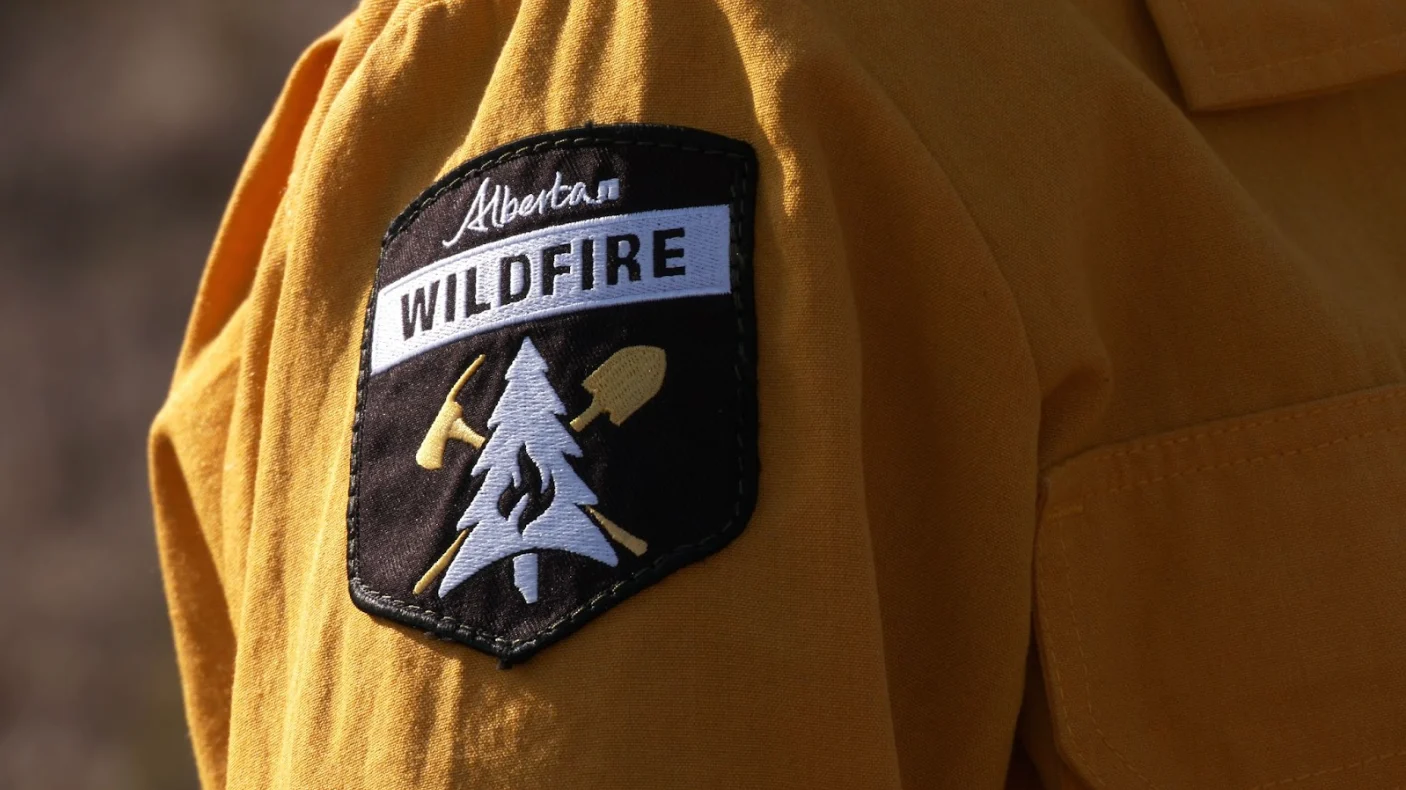
Alberta Wildfire is warning Albertans to use extreme caution in forested areas in the coming weeks, as snowpack melts away. (Connor O’Donovan/The Weather Network)
SEE ALSO: Alberta wildfire season is off to a blazing start, over 50 fires burning
Meanwhile, Alberta Wildfire has put all of the province’s protected forest areas under a fire advisory.
While widespread advisories aren’t unusual at this time of year and they don’t explicitly ban fires (safe campfires are still permitted and existing fire permits are still valid, though new permits will be approved only when considered essential), Alberta Wildfire says they are warranted this year by the emergence of exceptionally volatile conditions.
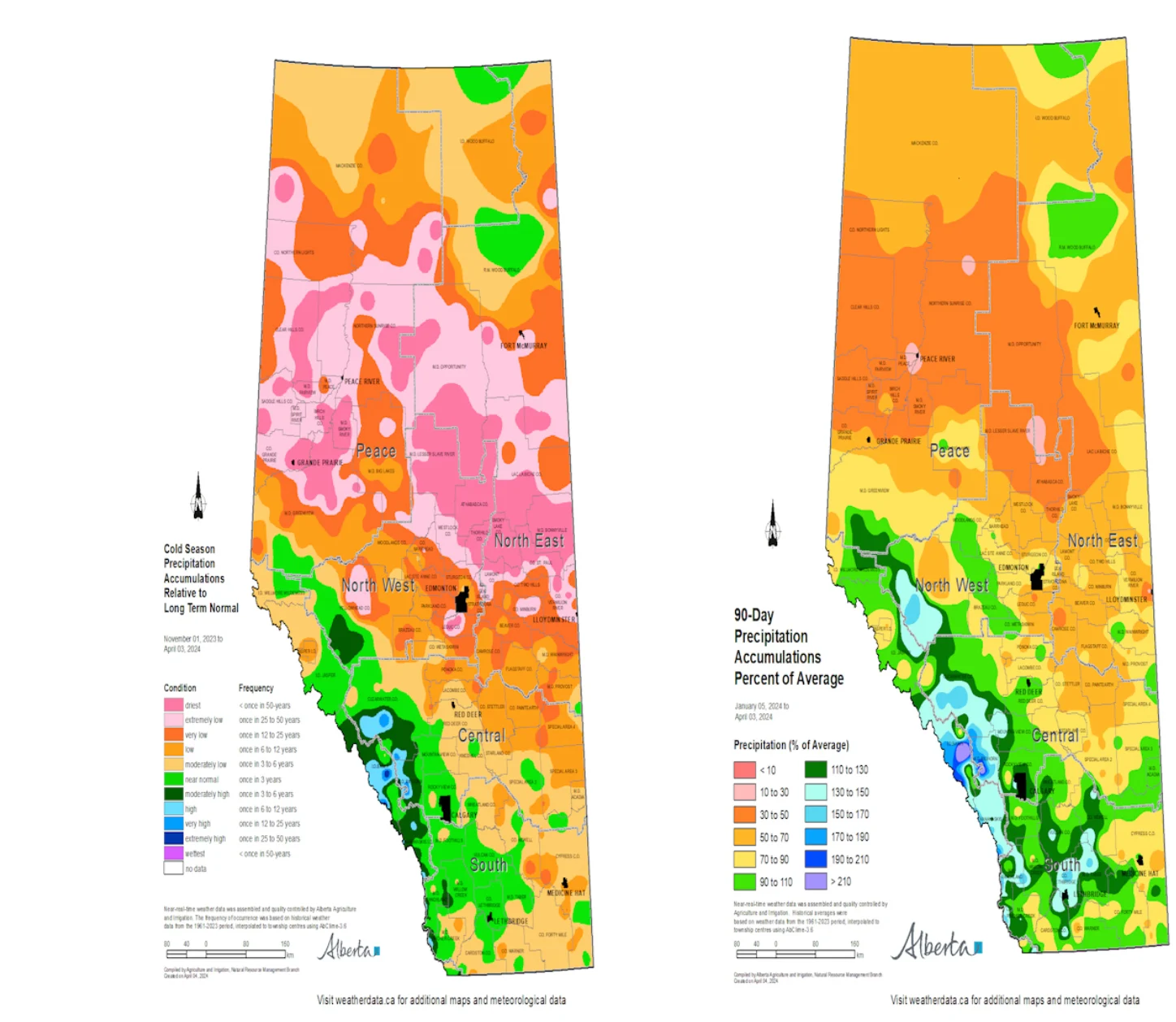
Government of Alberta data shows significantly lower than normal winter precipitation in large parts of the northern half of the province. (Source: Government of Alberta)
While some parts of the province have experienced near-record snowfall in recent weeks, Alberta’s northern boreal forest—where most of its large wildfires occur—has seen below-normal precipitation this winter, according to Alberta government data. Seasonal forecasts are predicting a warmer than average spring season too. The spring of 2023 also came early, as the hottest May on record for much of the province served as a catalyst for a record wildfire season.
As a precautionary measure, the Alberta government has announced new wildfire management investments this year, including plans to hire 100 additional wildland firefighters, increase the use of nighttime firefighting operations, and declare an ‘early start’ to wildfire season in February.
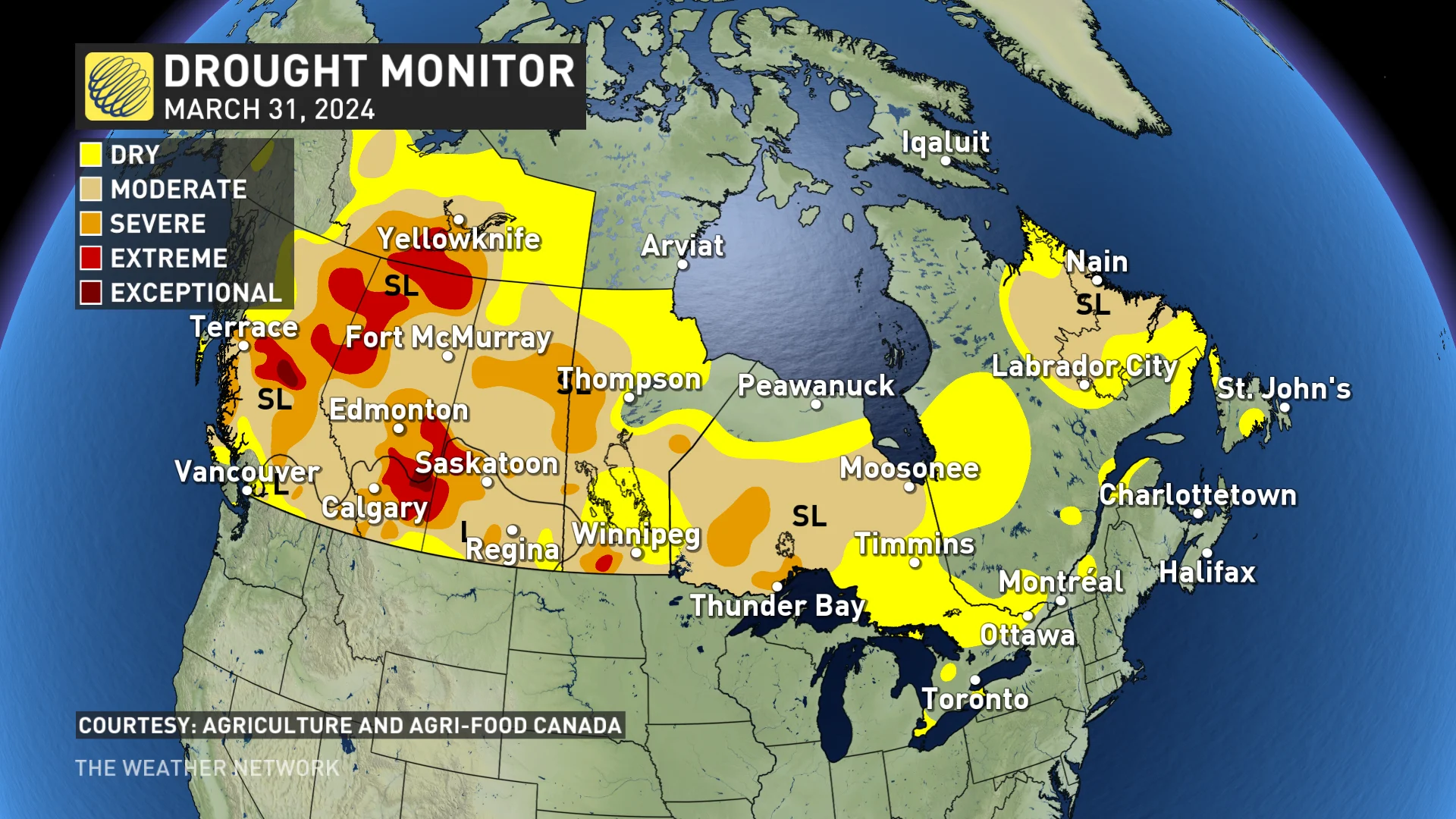
Drought conditions across Canada as of March 31, 2024. "SL" represents short-term drought, typically less than 6 months (e.g., agriculture, grasslands). "L" represents the region of a long-term drought over 6 months (e.g., hydrology, ecology). (Source: Agriculture and Agri-Food Canada)
DON'T MISS: Albertans 'on edge' as focus shifts to 2024 wildfire season
On April 11, Alberta’s wildfire dashboard showed 53 active fires in the province, which includes carryover fires from 2023.
In total, the 2023 wildfire season saw more than 2.2 million hectares of forest burned in Alberta—far and away the biggest burn on record. The five-year average, according to Alberta Wildfire, is around 207,000 hectares.
Canada-wide, over 17 million hectares were burned in 2023, according to the Canadian Interagency Forest Fire Centre. Eight firefighters lost their lives.
WATCH: How much drier has this winter been compared to last winter?
(Header image courtesy of Kyle Brittain, provided to The Weather Network)











